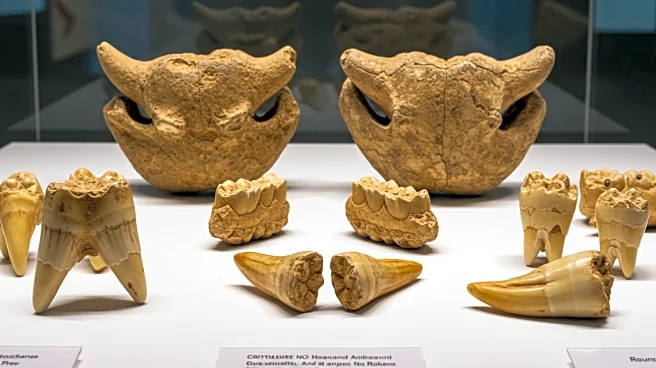What is the story about?
What's Happening?
A genomic analysis has confirmed the distinction between the agile kangaroo rat (Dipodomys agilis) and the Dulzura kangaroo rat (D. simulans), which were previously considered conspecific. The study, conducted by researchers using genomic data, found no evidence of hybridization between the two species, indicating long-term genetic isolation. The research challenges previous morphological classifications that suggested extensive sympatry between the species. The study highlights the role of environmental factors and geographical barriers in maintaining the separation of these species, despite their close proximity.
Why It's Important?
This research is significant as it provides a clearer understanding of the genetic differentiation and evolutionary history of these kangaroo rat species. The findings have implications for conservation efforts, as they highlight the importance of preserving distinct genetic lineages. Understanding the genetic isolation of these species can inform strategies to protect their habitats, especially in the face of urbanization and environmental changes. The study also contributes to the broader field of evolutionary biology by demonstrating how genomic data can clarify species distinctions and evolutionary relationships.
Beyond the Headlines
The study raises questions about the impact of environmental changes on species differentiation and the role of genetic drift in speciation. It also underscores the importance of using genomic data to complement traditional morphological methods in species classification. The research may prompt further studies on other species with similar ecological and geographical contexts, potentially leading to new insights into the mechanisms of speciation and biodiversity.
AI Generated Content
Do you find this article useful?











